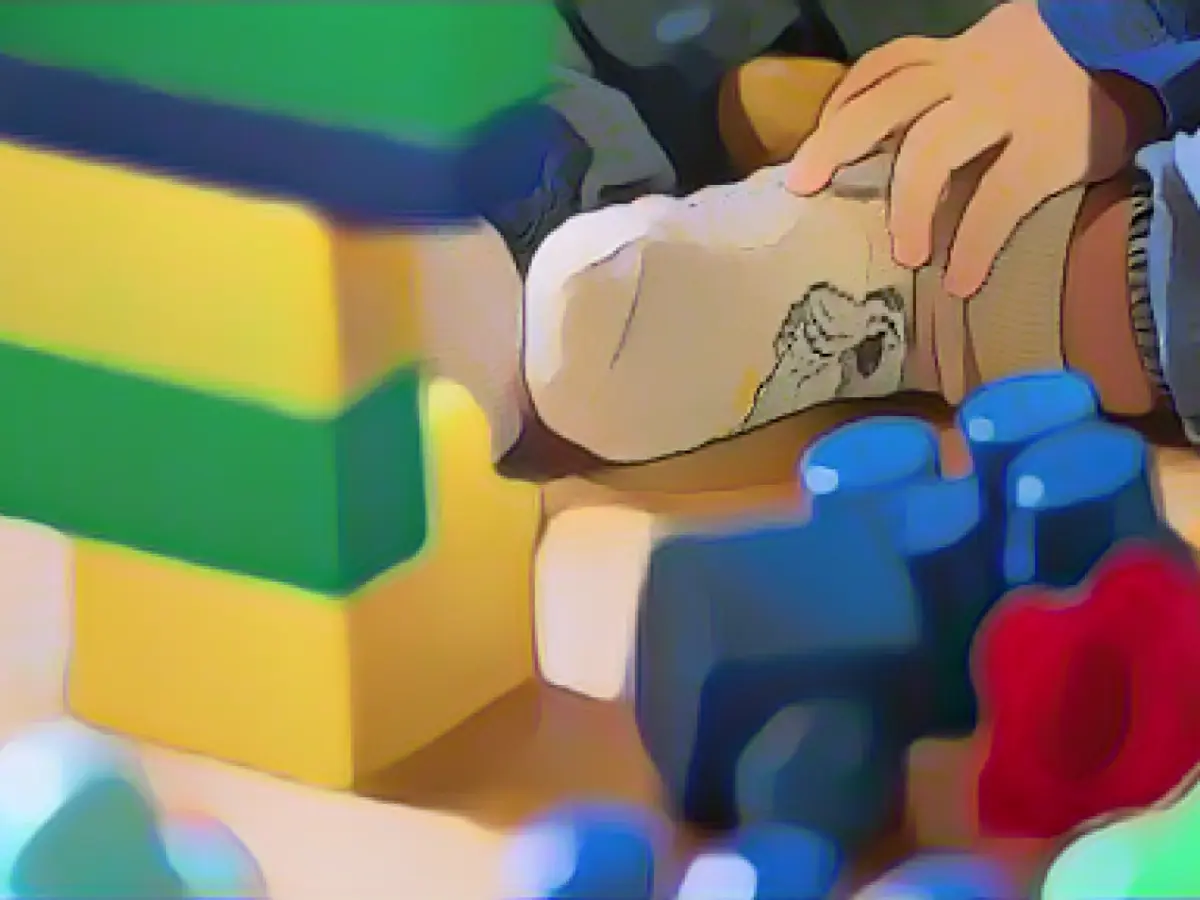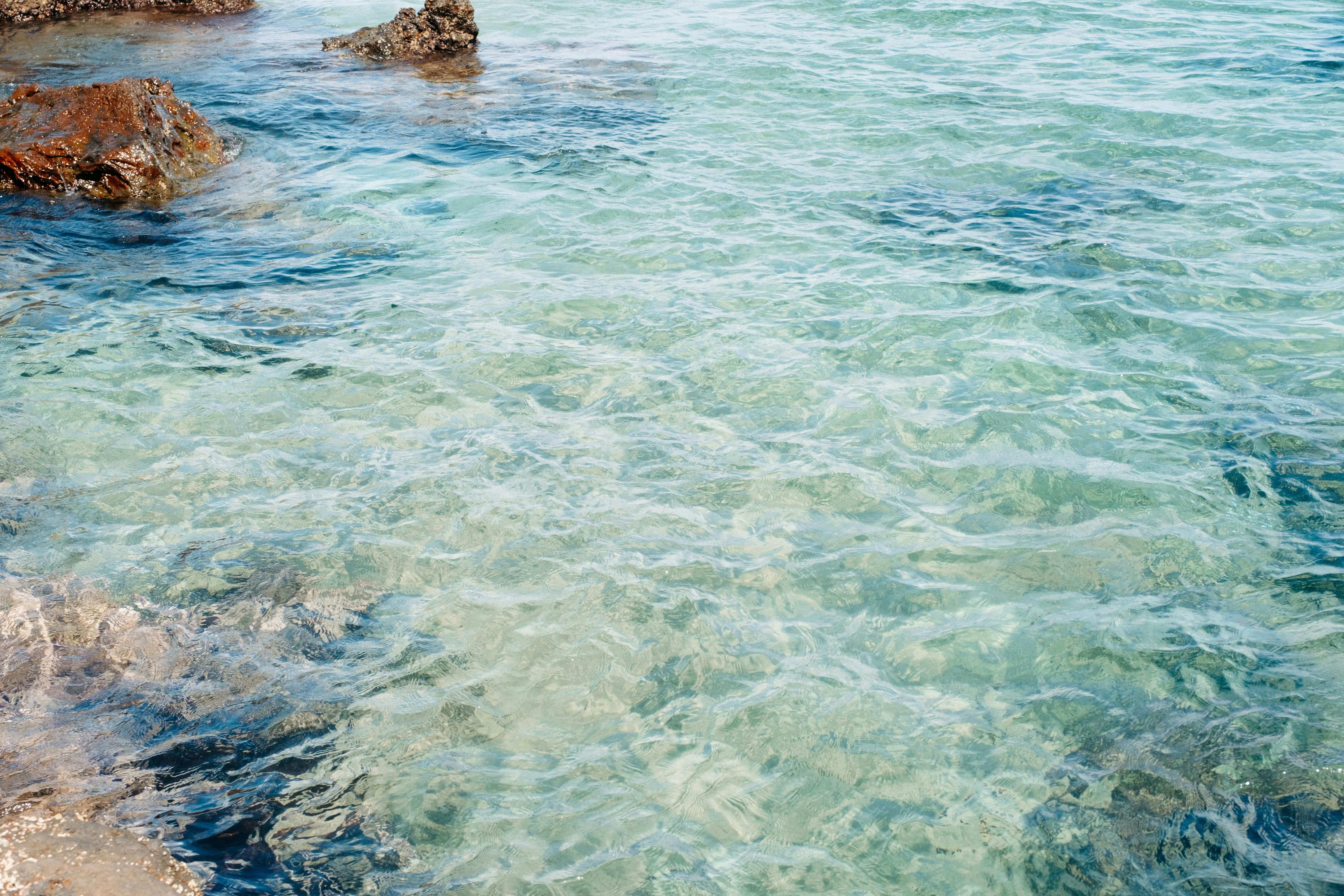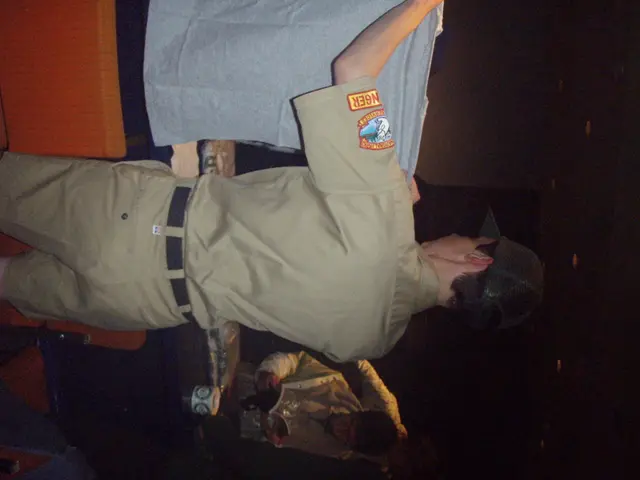Gotta Watch Out for Health Risks in Kids' Gifts this Festive Season
Wednesday saw the Rhineland-Palatinate State Investigation Office (LUA) sounding an alarm over potential health risks associated with children's holiday gifts. A staggering 30 out of 163 toy samples tested were rejected, with eight samples found to contain unusual chemicals and misleading labels spotted in 25 instances.
When shopping for little tykes' presents, it pays to steer clear of shoddy products with sharp edges or potent chemical smells. Place your trust in toys bearing the GS mark (Safety Tested), for it signifies the item has undergone rigorous safety testing, addressing concerns about well-being. Though the CE mark indicates independent testing, it doesn't offer the same level of safety guarantees as the GS mark.
Little ones under three—the tiniest explorers—have a penchant for investigating their surroundings by putting everything in their mouths, upping the odds of ingesting or inhaling harmful substances. A comprehensive lab examination for suspicious chemicals becomes all the more crucial under such circumstances.
Intriguing finds by the LUA revealed the presence of forbidden and allergenic preservatives in three distinct samples of finger paint. Furthermore, non-approved colorants cropped up in multiple brands of finger paint. Two paper and cardboard toy samples also contained carcinogenic or kidney-toxic chloropropanols (1,3-DCP or 3-MCPD). Regrettably, there are no legal ceilings set for these chemicals, so they continue to circulate in the market unchecked.
In a nutshell, prudent purchasers, particularly in Rhineland-Palatinate, must exercise vigilance when procuring children's toys, focusing on accurate labeling and relying on trusted brands displaying safety certifications to shield their kids' health.
For reliable and relevant information on chemicals and substances to sidestep in kids' toys, kindly consult the European Chemicals Agency (ECHA) or the U.S. Consumer Product Safety Commission (CPSC)[1][3].
More Insights:
- The ECHA and CPSC regularly update their guidelines and advisories regarding harmful substances in consumer products, including toys[1][3].
Latest Guidelines and Alerts from ECHA and CPSC
ECHA Advisories
- Substances of Very High Concern (SVHC) Candidate List Update:
- Major Revision: The ECHA introduced five new entries and amended one regarding Tris(4-nonylphenyl, branched and linear) phosphite (TNPP) because of its endocrine disturbing effects. The modification emphasizes the importance of compliance with legal obligations for businesses involving these substances[1].
- SVHC Properties of Tris(4-nonylphenyl, branched and linear) phosphite:
- Amendment: The threshold for 4-nonylphenol, branched and linear (4-NP) above which TNPP becomes endocrine disrupting is now 0.1% w/w[1].
CPSC Warnings
- Water Absorbing Gel Beads:
- Danger: Ingesting, inhaling, or inserting water-absorbing gel beads (jelly beads or hydro orbs) can lead to blockages and severe complications. Although labeled as non-toxic, some products may contain acrylamide, a carcinogen[2].
- Safety Standards for Toys:
- Non-Full-Size Baby Cribs/Play Yards: The CPSC has introduced new safety standards for non-full-size baby cribs and play yards under the rule ASTM F406-24[3].
- General Safety: Child injuries are continuous concerns as the CPSC receives reports of damages caused by various toys, stressing the necessity of close supervision and age-appropriate play areas[3].
Overview
- ECHA Guidelines: The most recent addition to the SVHC Candidate List encompasses five new substances, with updated information on Tris(4-nonylphenyl, branched and linear) phosphite due to its endocrine disrupting attributes. Companies have legal obligations when dealing with these substances.
- CPSC Warnings: The CPSC has issued warnings concerning water beads, which can cause severe harm if ingested, inhaled, or inserted into the body. Additionally, the CPSC has updated safety standards for non-full-size baby cribs and play yards to address entrapment and fall hazards.
These guidelines and alerts remind us of the utmost importance of ensuring children's toys are safe from hazardous substances to safeguard their health and well-being.








